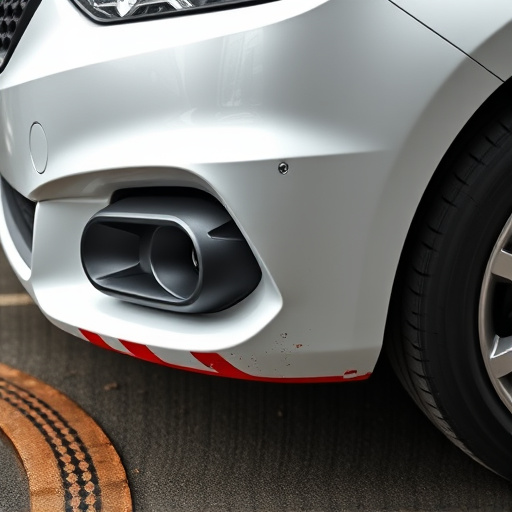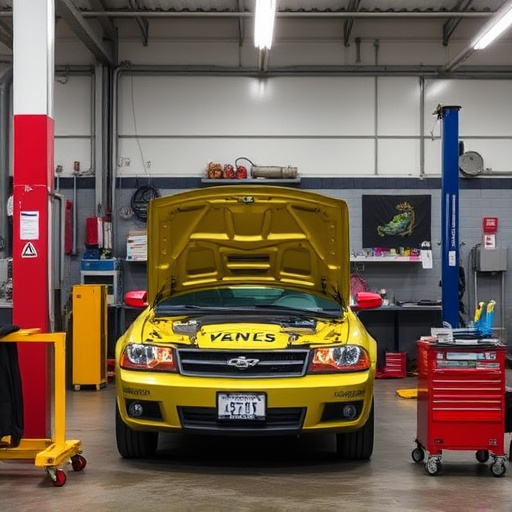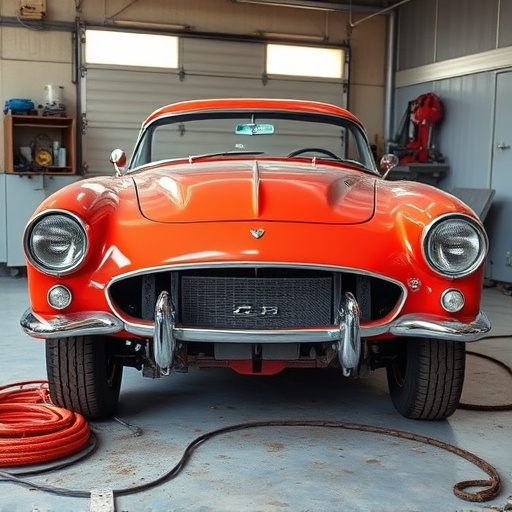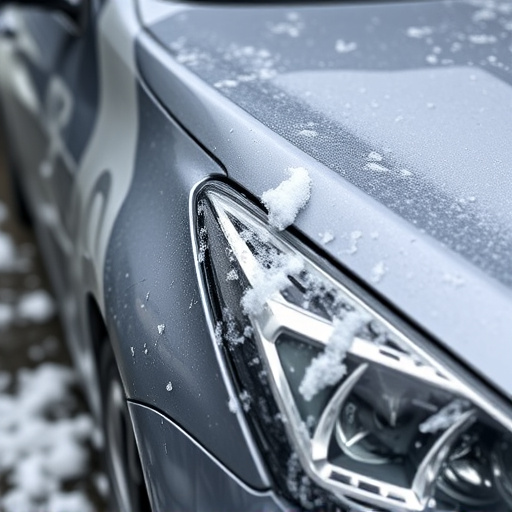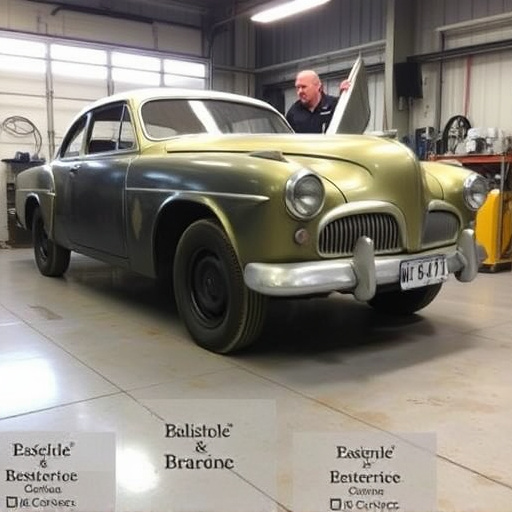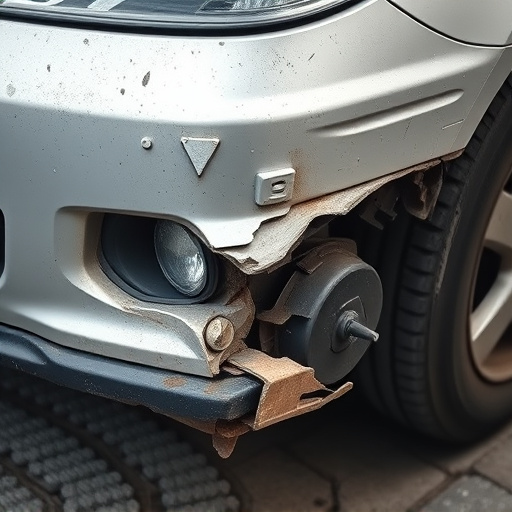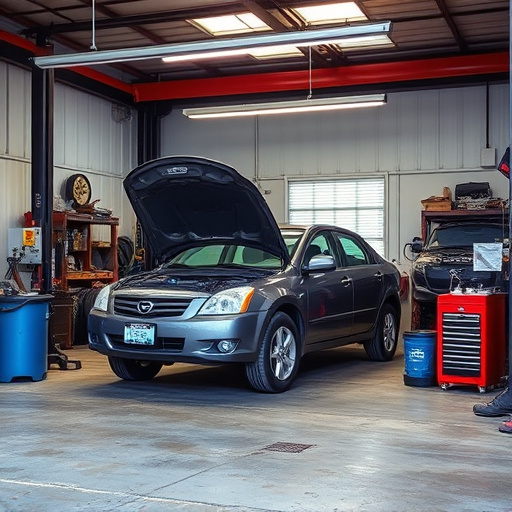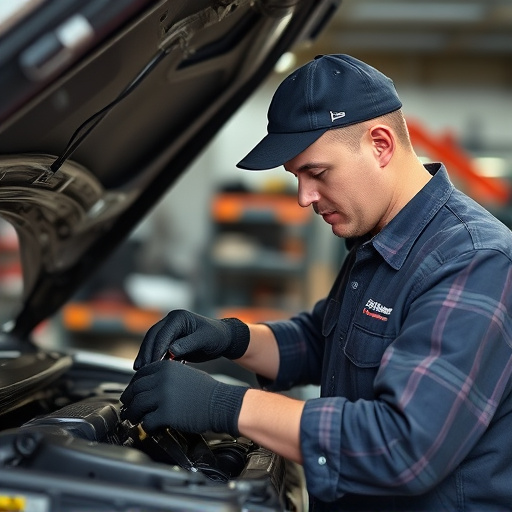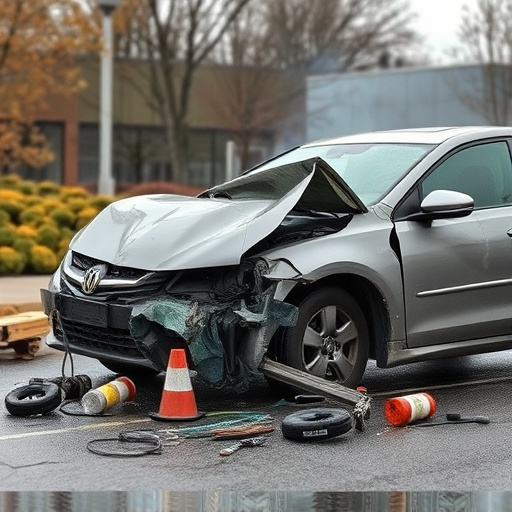Plastic body part repair effectiveness and durability rely on materials science expertise, utilizing advanced polymers like polyamides and polyurethanes for flexibility, impact resistance, and environmental protection. Car paint services enhance bond strength and visual appeal. Technological innovations such as precision lasers, CAD software, and robotic arms ensure accuracy and seamless results. Strict quality control and safety protocols meet or exceed OEM standards, prioritizing structural integrity and vehicle safety.
In today’s world, plastic body part repair is a growing field, offering hope for lasting solutions in aesthetics and medicine. This article delves into the science behind durable plastic repairs, exploring materials and technologies that ensure longevity. We examine strict quality control measures and safety protocols crucial for reliable outcomes. By understanding these key factors, patients can place confidence in the durability of their plastic body part repairs, knowing they are receiving top-tier care.
- Understanding the Science Behind Durability
- Materials and Technologies Used in Repair
- Ensuring Longevity: Quality Control and Safety Measures
Understanding the Science Behind Durability
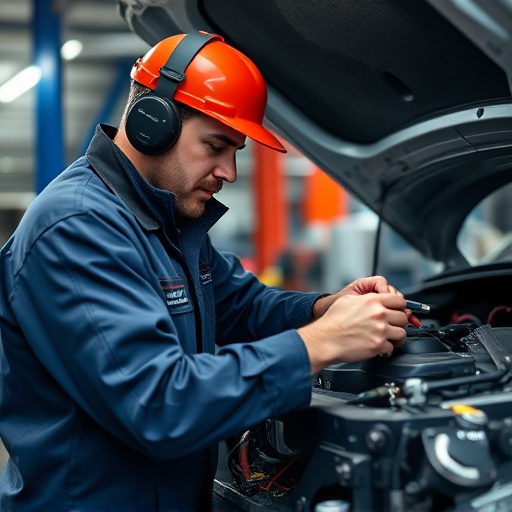
The durability and reliability of plastic body part repair depend on a deep understanding of the science behind materials and their behavior under various conditions. At the heart of this lies polymer chemistry, which dictates the properties of plastics used in automotive repairs. These include flexibility, impact resistance, and longevity against environmental factors like UV radiation, extreme temperatures, and chemicals. Mercedes-Benz repair, for instance, often employs advanced polyamides and polyurethanes that offer exceptional strength and durability, ensuring car body restoration that can withstand everyday wear and tear.
Car paint services play a crucial role in enhancing the aesthetic appeal and protective qualities of plastic repairs. The application of high-quality paints, designed to bond seamlessly with the underlying material, adds an extra layer of defense against physical damage and environmental degradation. This meticulous process, common in car body restoration, not only improves the visual appeal but also contributes significantly to the overall longevity and reliability of plastic body part repair.
Materials and Technologies Used in Repair
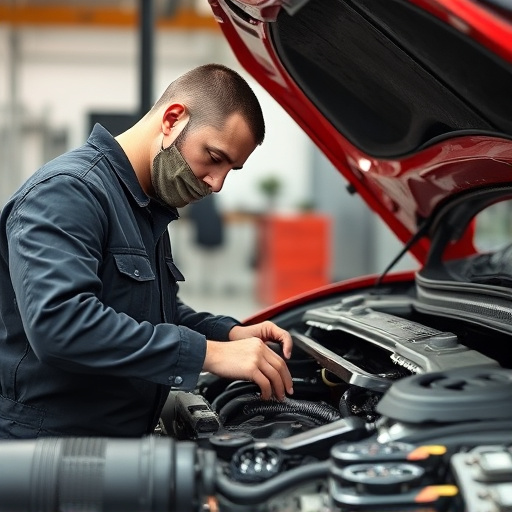
The materials and technologies employed in plastic body part repair play a pivotal role in ensuring its durability and reliability. Modern repairs often utilize advanced composites and high-performance polymers designed to mimic the properties of original vehicle parts, enhancing both strength and flexibility. These innovative materials can precisely match the color and texture of the damaged area, making repairs virtually invisible to the naked eye.
Technological advancements have also significantly improved repair processes. Tools like precision lasers and computer-aided design (CAD) software enable exact cuts and shapes, while robotic arms offer consistent and precise applications of adhesives and fillers. This level of accuracy ensures that repairs not only look seamless but also stand the test of time, performing as effectively as new car parts in both automotive repair services and vehicle dent repair scenarios.
Ensuring Longevity: Quality Control and Safety Measures
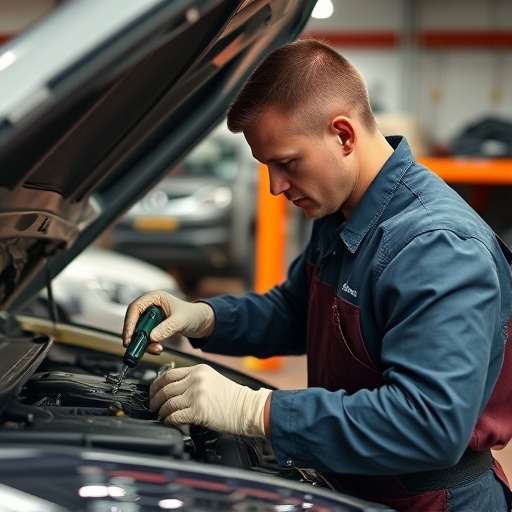
Ensuring Longevity: Quality Control and Safety Measures
The durability and reliability of plastic body part repair hinge significantly on robust quality control measures. These processes are designed to maintain consistent standards throughout the repair process, ensuring each component meets or exceeds original equipment manufacturer (OEM) specifications. By implementing rigorous testing protocols and using high-quality materials, collision repair services can guarantee the strength and longevity of repairs, even after enduring a fender bender or minor vehicle dent repair.
Safety measures play an equally crucial role in enhancing the reliability of plastic body part repairs. Adhering to industry standards and best practices ensures that the repair process minimizes the risk of damage to surrounding areas and maximizes the structural integrity of the repaired component. This, in turn, contributes to the overall safety and performance of the vehicle, providing peace of mind for drivers who rely on these repairs to maintain their vehicle’s aesthetic and functionality after an incident.
Plastic body part repair combines cutting-edge materials science, advanced technologies, and stringent quality control measures to achieve durable and reliable results. By understanding the intricate science behind material durability, utilizing innovative repair techniques, and implementing rigorous safety standards, this field is revolutionizing patient care and enhancing quality of life. Plastic body part repair stands as a testament to our ability to merge technology with biology, offering long-lasting solutions for a healthier future.

